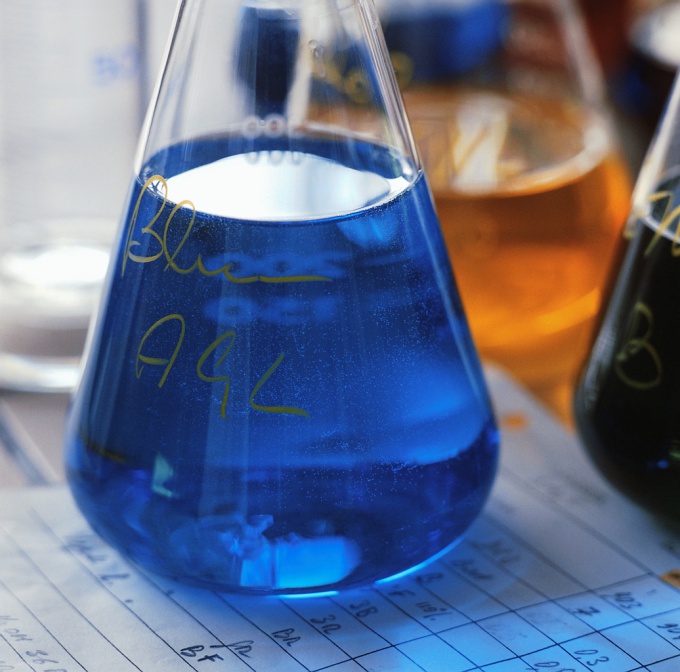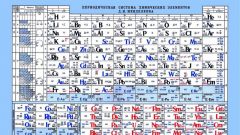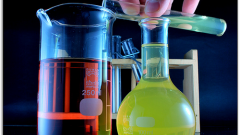Instruction
1
The most simple and obvious method (though not very accurate) is to use special test strips that you can buy in the store. We need to put on a strip a drop of acid and after a while to compare the color and intensity of the developed color with the samples indicated on the package. The brighter, vivid red color will be in the sample, the stronger the acid, and Vice versa.
2
If there is no indicator paper or need a more accurate result, then come to the aid of "the dissociation constant", that is a measure of the ability of a substance (in this case, acid) to break down into ions in aqueous solution. Acids dissociate into a hydrogen cation (proton) and an anion acid residue. The higher this value is, i.e. the more ionic the collapse proceeds, the stronger the acid. Dissociation constants of most acids can be found in any chemical Handbook.
3
Note that for polybasic acids (e.g. sulphuric, carbonic, phosphoric and others), dissociation which takes place in several stages, operate with different constants for each stage of dissociation.
4
The acid strength can also be determined by how occur some chemical reaction. For example, if you mix hydrochloric acid with phosphate of potassium, it forms potassium chloride and phosphoric acid. If you mix sulphuric acid with carbonate of sodium, the formed sodium sulfate and carbonic acid (which is so unstable that immediately disintegrate into water and carbon dioxide). In fact, and in another case more strong acids (hydrochloric and sulphuric) have displaced the weaker (phosphate and coal) from their salts. This rule is universal: strong acid displaces the weak always from its salts.




